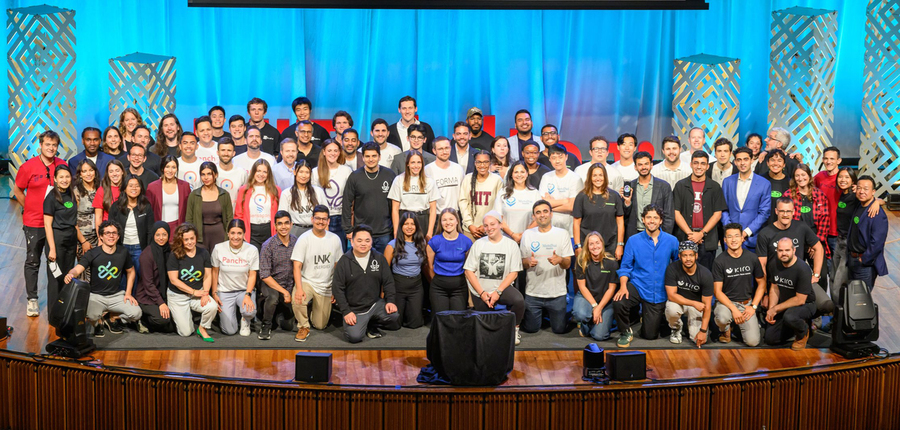SCIGEN Empowers Generative AI to Design Next-Gen Quantum Materials

MIT Unveils SCIGEN: A Breakthrough Tool for AI-Driven Materials Discovery
A team at MIT has unveiled SCIGEN, a transformational tool that enables researchers to embed explicit scientific rules directly into generative AI models, dramatically increasing their ability to produce new, breakthrough materials. This innovation is being celebrated as a potential catalyst for major advances in quantum computing, energy storage, and semiconductor design[4].
Why SCIGEN Marks a Quantum Leap
Traditional generative models, like those based on large language models, create candidate materials by learning from vast databases. However, these models often ignore key experimental or physical constraints, leading to impractical or impossible designs. SCIGEN changes this paradigm by letting users specify strict design rules—such as atomic arrangements or electronic properties—within the AI, ensuring only viable materials are considered[4].
Real-World Impact: Faster Path to Quantum Spin Liquids
Quantum spin liquids, a class of materials crucial for error-resistant quantum computers, have proven elusive for experimentalists. According to MIT's Xie and Cava, progress has been hampered by the sheer complexity of possible material structures and the lack of guided, rule-driven exploration. With SCIGEN, the AI routinely produces candidates that meet the essential geometric criteria, significantly accelerating the search for quantum-ready materials[4].
How It Works: Hardwiring Scientific Constraints into AI
Via SCIGEN, researchers can encode requirements like atomic spacing, symmetry, or even chemical stability, ensuring that every output from the generative model adheres to these rules. This sharply reduces wasted computational effort and streamlines the hand-off from AI predictions to laboratory validation. Early peer-reviewed results show the tool not only speeds up candidate generation but also improves the real-world relevance of proposed materials[4].
Industry and Academic Enthusiasm
The materials science and quantum computing communities are already responding with excitement. By explicitly merging domain expertise and generative AI, SCIGEN could transform interdisciplinary research pipelines. However, some experts note that ultimate success will require further benchmarking in multiple experimental settings and continued collaboration across physics, chemistry, and AI[4].
Looking Forward: The Future of AI-Guided Materials
Experts believe that SCIGEN’s approach—integrating scientific rules with machine intelligence—may soon become the standard for AI-driven discovery not just in materials, but across scientific domains. As Xie notes, 'There’s a big search for quantum computer materials, and these are all related to the geometric patterns of materials. SCIGEN finally gives us a tool to guide AI toward those patterns.'[4]
How Communities View SCIGEN’s Launch for AI Material Design
The debut of SCIGEN has ignited active debate across X/Twitter and Reddit science forums, with the following trends emerging:
-
Optimism from Materials Scientists (approx. 35%): Researchers (@materialsguy, @quantumcat) praise SCIGEN for allowing concrete domain knowledge to be directly encoded into AI, calling it a 'missing link' for scaling up material discovery.
-
Tech Skeptics and Physicists (approx. 25%): Some, including prominent Reddit voices on r/chemistry and r/QuantumComputing, express caution—questioning if design constraints truly translate to experimental success. 'Bench validation is still the bottleneck,' argues r/science user SynthX.
-
AI/ML Community Excitement (approx. 20%): AI researchers herald SCIGEN as proof that hybrid models—mixing domain rules and deep learning—will bring more trustworthy AI across scientific fields (@AI_analytician).
-
Industry Watchers (approx. 20%): Business analysts and R&D leaders see SCIGEN as a sign that AI will reshape the race for IP in high-value sectors (mention by @vpinvest).
Overall, the sentiment is upbeat, with healthy debate on how soon SCIGEN-powered models will produce laboratory-validated breakthroughs versus theoretical candidates. Early adopters from both academia and industry are sharing preliminary results, while established voices urge sustained collaboration and rigorous benchmarking.